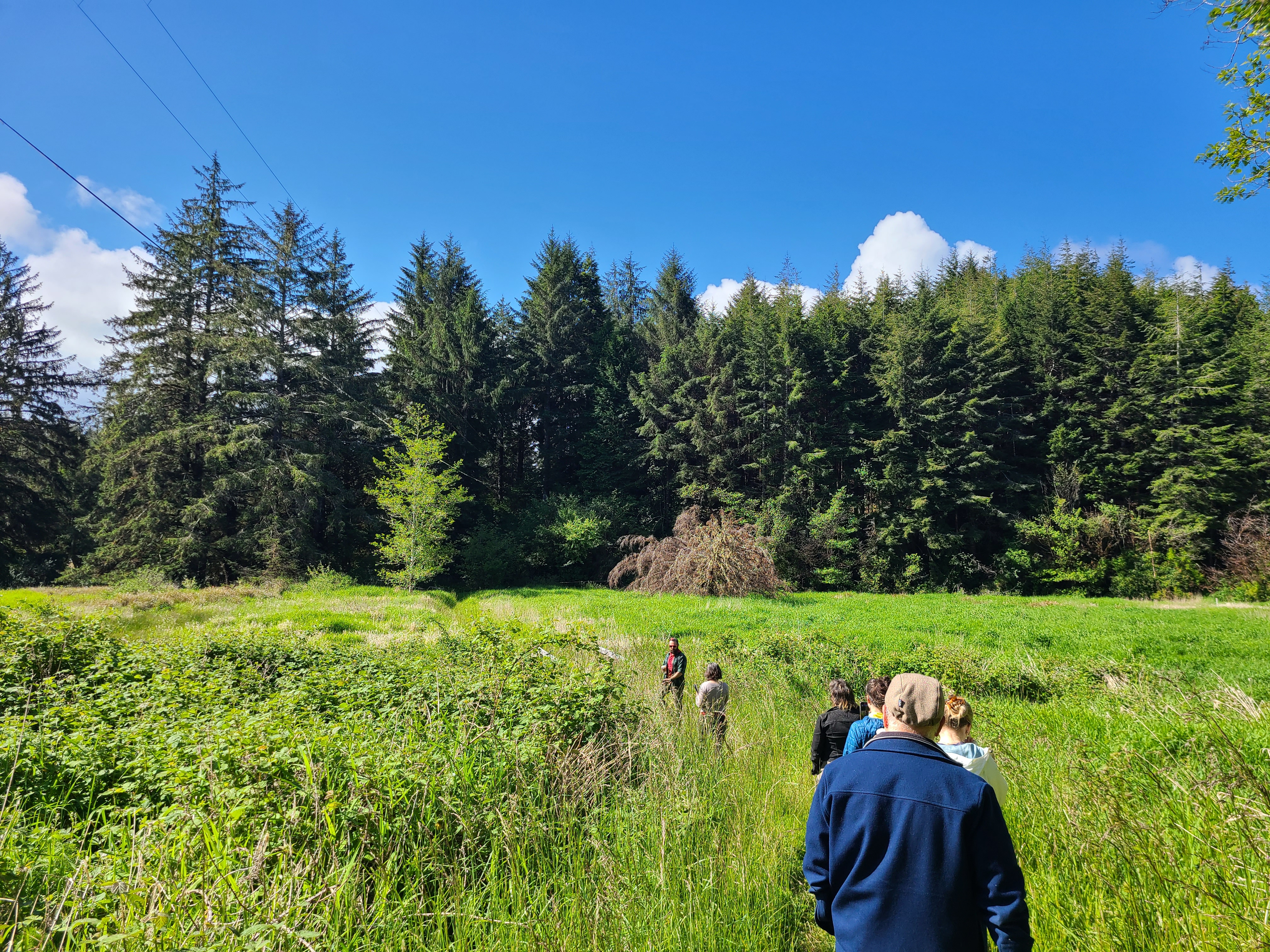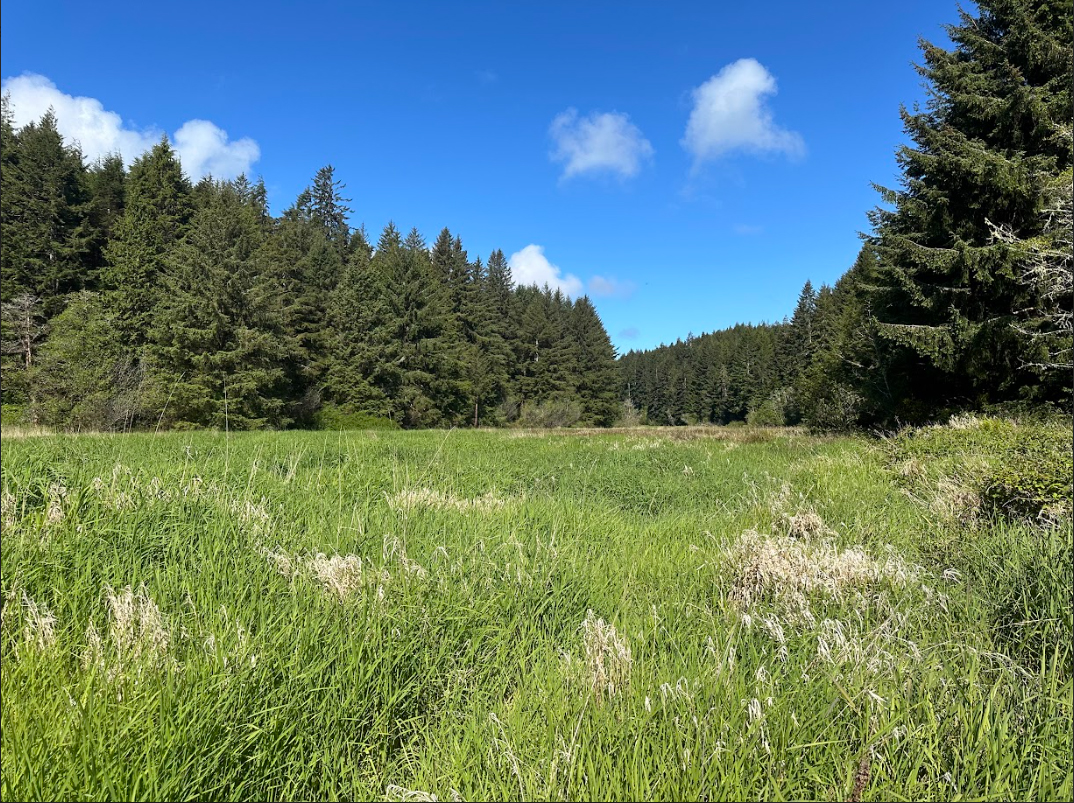Restoring the Wasson Creek Watershed from Ridgetop to Estuary
The Takeaway: A Bipartisan Infrastructure Award is supporting a watershed-scale restoration in the nation’s first National Estuarine Research Reserve.

An entire 525-acre watershed in Oregon’s South Slough National Estuarine Research Reserve is being restored with the help of a $3.5 million grant through the National Estuarine Research Reserve System Habitat Protection and Restoration Awards, funded by the Bipartisan Infrastructure Law. The award will support an ongoing ridgetop-to-estuary restoration of the Wasson Creek Watershed by reestablishing natural stream channels and habitat for key species like the coho salmon.

The Wasson Creek project will also increase accessibility and education opportunities for the public. A popular trail will be updated with interpretive information that guides visitors through the area’s history and its ongoing cultural connection with the Coquille Indian Tribe, the Confederated Tribes of Coos, Lower Umpqua and Siuslaw Indians, and the Confederated Tribes of Siletz Indians.
Located in southern Oregon’s Coos Estuary, Wasson Creek supports ecologically and culturally important fish species like salmon and lamprey whose survival relies on tidal wetlands. Previous logging and agricultural activity in the upland forest disrupted the streams and reduced suitable habitat for fish to reproduce and grow. Restoring the forest habitat will not only improve the wetland habitat downstream but also support native plant species and nesting sites for endangered seabirds.
South Slough was the nation’s first National Estuarine Research Reserve, established in 1974. The reserve is celebrating its fiftieth anniversary with several events this year, including the Wasson Creek project’s opening ceremony held on May 19. Like all research reserves, South Slough is a living laboratory. Research from South Slough contributes to our understanding of coastal habitat restoration nationwide. Backed by decades of study and partnership, the Wasson Creek project is poised to provide further knowledge to coastal communities across the country.
For more information on the grant program funding this project, please visit the Bipartisan Infrastructure Law webpage.
Federal Funding: $3,535,900
Partners: Oregon Department of State Lands, South Slough National Estuarine Research Reserve, Coquille Indian Tribe, Confederated Tribes of Coos, Lower Umpqua and Siuslaw Indians, Confederated Tribes of Siletz Indians, Coos Watershed Association, Bureau of Land Management, Oregon State University Institute for Applied Ecology, OSU Extension, Oregon Department of Forestry, Oregon Department of Fish & Wildlife, US Fish & Wildlife Service, US Forest Service
PRINT